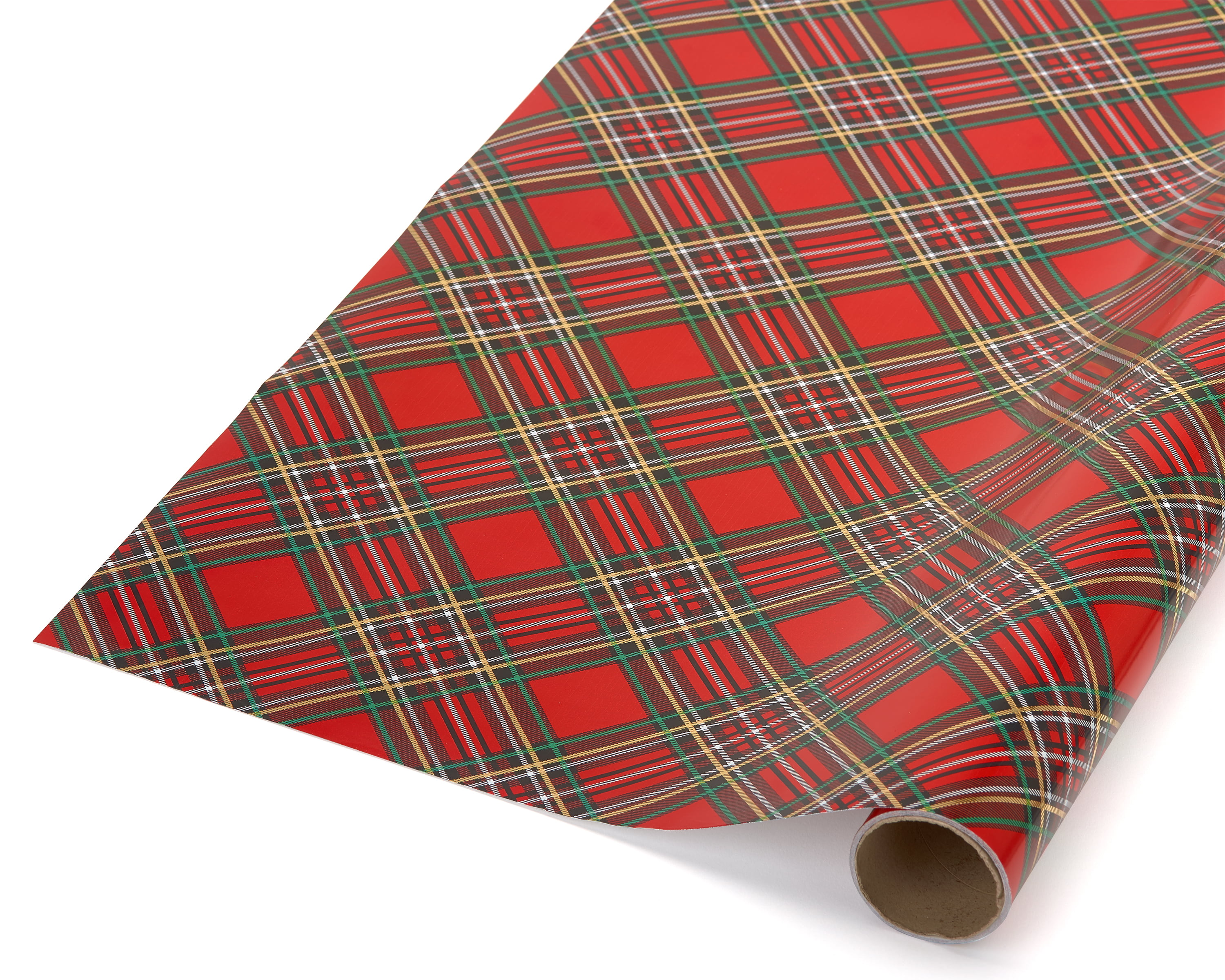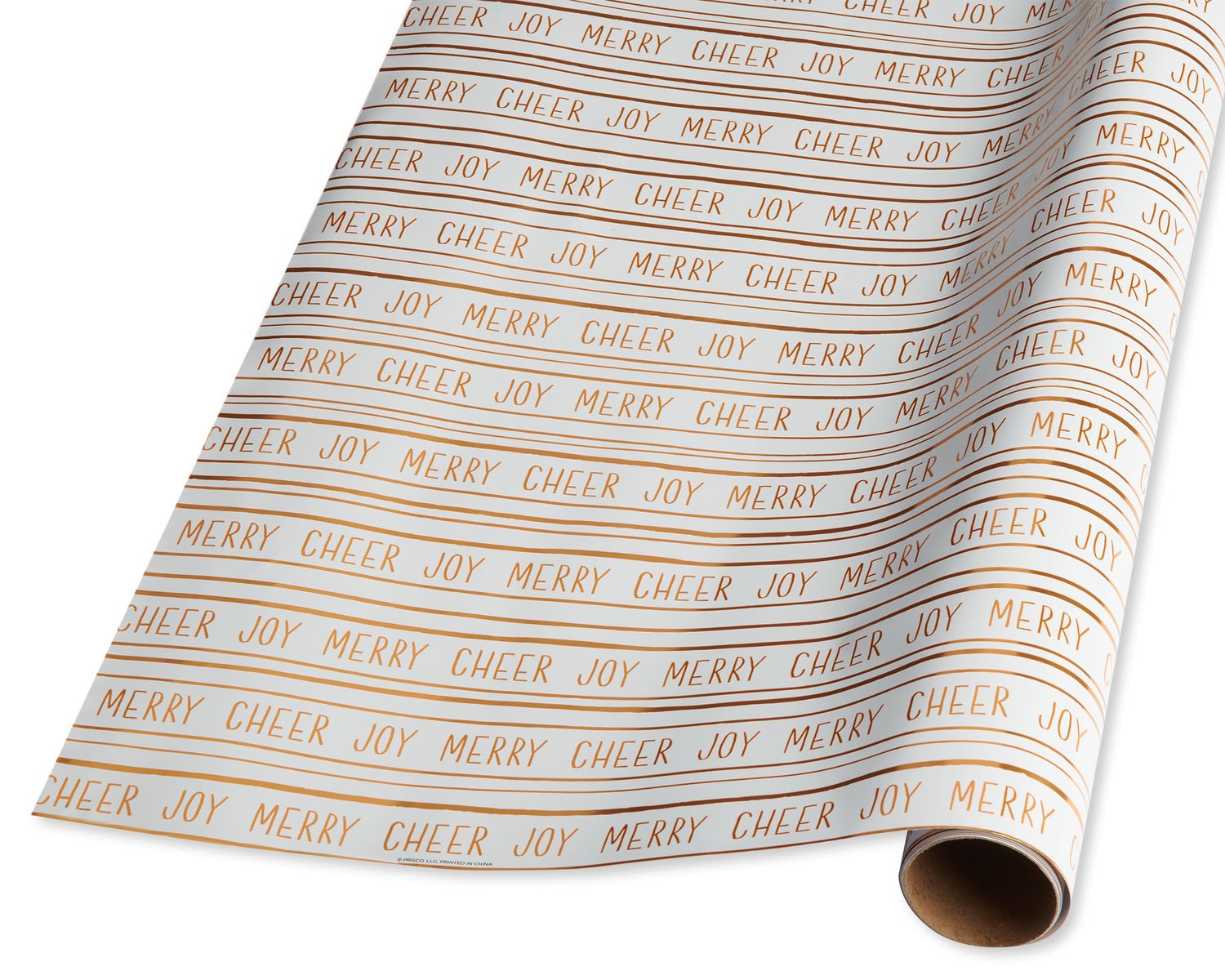

Because paper was introduced to the West through the city of Baghdad, it was first called bagdatikos. In the 13th century, the knowledge and uses of paper spread from the Middle East to medieval Europe, where the first water-powered paper mills were built. Although the veracity of this story is uncertain, paper started to be made in Samarkand soon after. It has been said that knowledge of papermaking was passed to the Islamic world after the Battle of Talas in 751 CE when two Chinese papermakers were captured as prisoners. The pulp papermaking process is ascribed to Cai Lun, a 2nd-century CE Han court eunuch. The oldest known archaeological fragments of the immediate precursor to modern paper date to the 2nd century BCE in China. The modern pulp and paper industry is global, with China leading its production and the United States following. The papermaking process developed in east Asia, probably China, at least as early as 105 CE, by the Han court eunuch Cai Lun, although the earliest archaeological fragments of paper derive from the 2nd century BCE in China.

It may also be used as filter paper, wallpaper, book endpaper, conservation paper, laminated worktops, toilet tissue, or currency and security paper, or in a number of industrial and construction processes.

It is a versatile material with many uses, including printing, painting, graphics, signage, design, packaging, decorating, writing, and cleaning. Although paper was originally made in single sheets by hand, almost all is now made on large machines-some making reels 10 metres wide, running at 2,000 metres per minute and up to 600,000 tonnes a year. Paper is a thin sheet material produced by mechanically or chemically processing cellulose fibres derived from wood, rags, grasses or other vegetable sources in water, draining the water through fine mesh leaving the fibre evenly distributed on the surface, followed by pressing and drying. 0000 Per Portion Protein (g) 5.5000 per 100g / 21.1000 Per Portion Salt (g) 0.1300 per 100g / 0.5000 Per Portion Storage Information Store in a cool, dry place Country of Origin United Kingdom Dimensions: Height 21.5cm, width 23cm, depth 6."Paper" in Traditional (top) and Simplified (bottom) Chinese characters BakedIn Chocolate Caramel Yule Log baking kit 384g Ingredients Belgian dark chocolate chips, (Sugar, Cocoa Mass, Cocoa Butter, Emulsifier: Soya Lecithin, Natural Vanilla Flavouring)( Soya), Icing Sugar, (Sugar (97%), Maize Starch), Self Raising Flour ( Wheat Flour, Raising Agents (Sodium Acid Pyrophosphate, Sodium Bicarbonate), Statutory Nutrition (Calcium, Niacin, Iron, Thiamin))( Wheat), Sugar, Caster Sugar, Fat Reduced Cocoa Powder, Hazelnuts(Hazelnuts), Natural Vanilla Flavouring (Natural Flavouring Substances, Carriers: (Maltodextrin), Propylene Glycol: Anti-Caking Agent), Salt (Salt, Anti-Caking Agent: Sodium Ferrocyanide) Allergen Information - Contains For allergens, please see ingredients listed in bold May contain - Allergens Hazelnuts Soya Wheat Nutritional Information Portion Size 384g Energy - kJ 1789.0000 per 100g / 6870.0000 Per Portion Energy - kcal 425.0000 per 100g / 1632.0000 Per Portion Fat (g) 11.0000 per 100g / 42.2000 Per Portion Fat of which Saturated (g) 5.5000 per 100g / 21.1000 Per Portion Carbohydrates (g) 73.0000 per 100g / 280.3000 Per Portion Carbohydrates of which Sugars (g) 59.0000 per 100g / 226.6000 Per Portion Fibre (g).


 0 kommentar(er)
0 kommentar(er)
